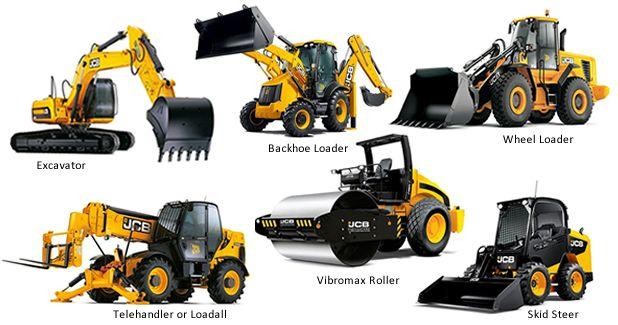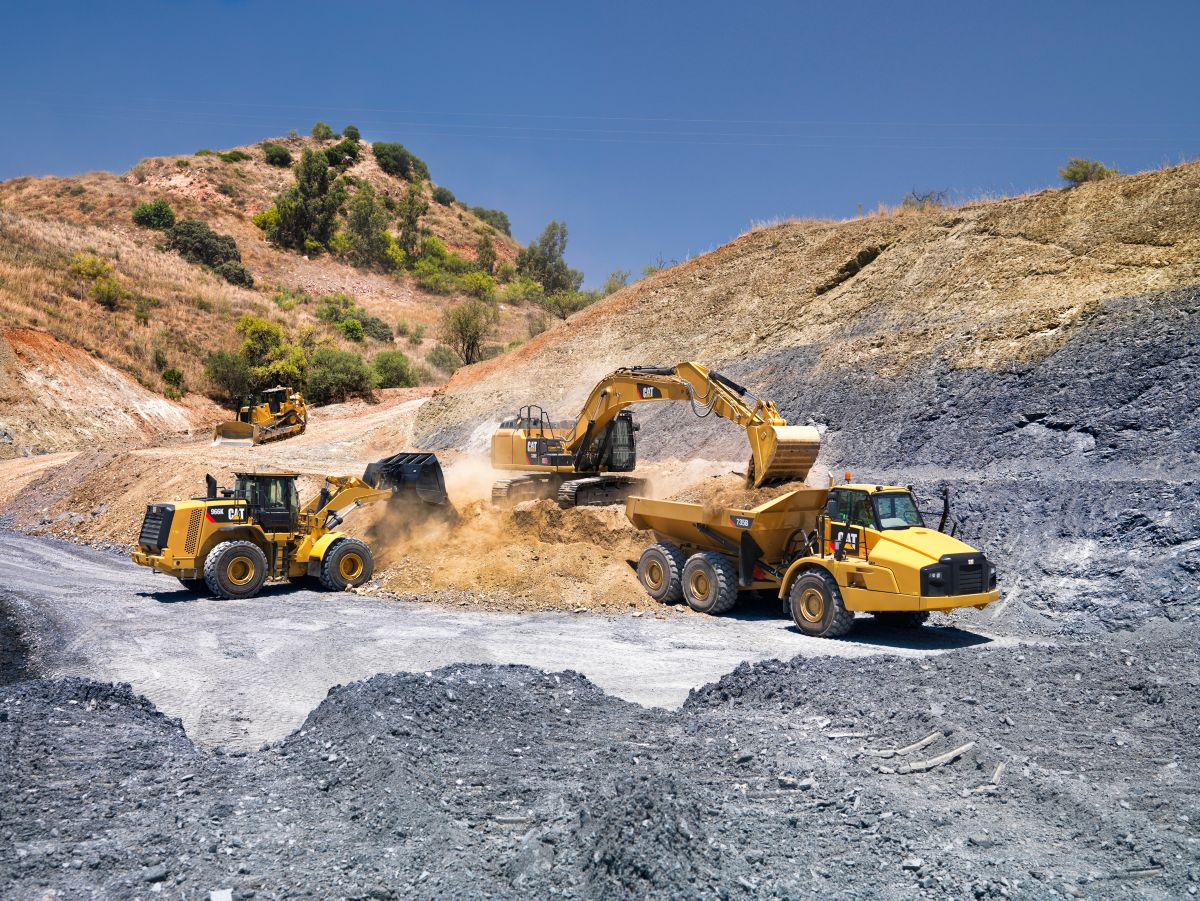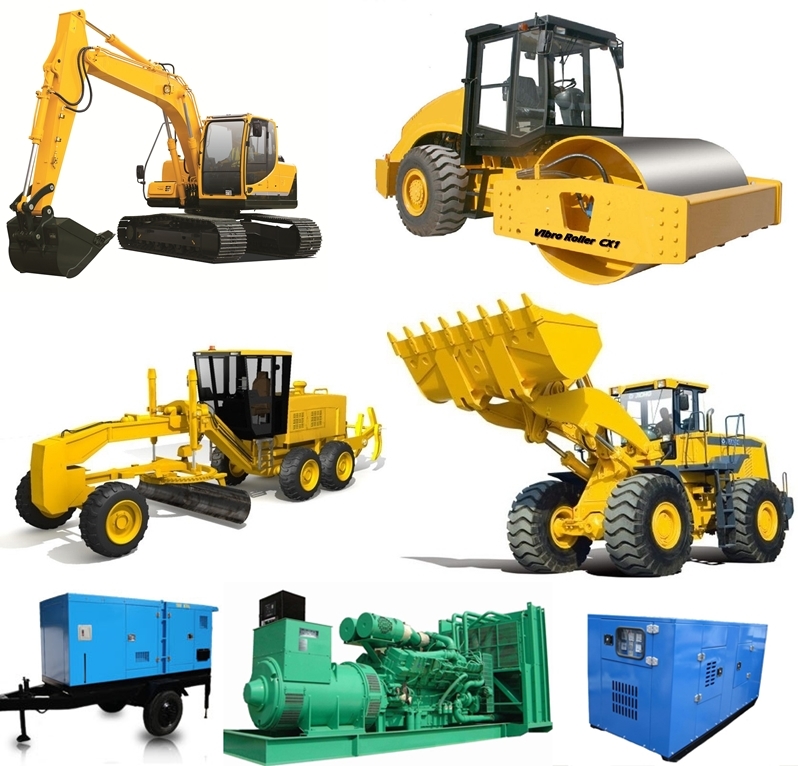Boom Lift Rental: Economical and Dependable Lifts for Any Kind Of Job
Boom Lift Rental: Economical and Dependable Lifts for Any Kind Of Job
Blog Article
Optimize Your Budget by Comprehending the Prices Connected With Building And Construction Devices Leasings
Comprehending the complete extent of costs connected with building and construction equipment leasings is critical for maximizing your spending plan. What strategies can be utilized to successfully take care of these costs and make sure an extra efficient rental experience?
Overview of Rental Prices
When considering building and construction tools leasings, recognizing the connected prices is vital for efficient budgeting and task planning. Rental prices can vary dramatically based upon a number of factors, including tools type, duration of leasing, and area. The initial rental cost frequently shows the tools's market need and its associated functional capacities, influencing the general expenditure.
Along with the base rental price, ancillary expenses might emerge, such as transport charges, gas surcharges, and maintenance costs. It is vital to account for these added expenditures to accurately evaluate the overall price of renting tools. In addition, the rental duration can affect prices; longer leasings may qualify for reduced prices, while temporary rentals could incur higher everyday fees.

Break Down of Rental Prices
A thorough understanding of rental prices is crucial for service providers and task supervisors intending to optimize their spending plans. Rental prices for building equipment generally contain numerous parts, including base prices, time-based costs, and use charges.
Base rates are the core charges related to the service of the devices, typically identified by the type and size of the equipment. These rates can vary substantially, influenced by elements such as tools demand, accessibility, and local market patterns. Time-based charges, which might be daily, weekly, or monthly, serve to suit different project timelines and rental durations.
In addition, rental rates may include use costs, which are applicable when equipment is utilized beyond a defined threshold, ensuring that the rental firm can account for damage. Seasonal demand variations can likewise impact rental rates, with peak building seasons usually regulating greater rates.
Moreover, comprehending the rental business's policies pertaining to maintenance and insurance can offer additional understanding right into the overall cost structure. By assessing these elements, service providers can make enlightened choices, guaranteeing the option of rental equipment aligns with both job requirements and budget plan restrictions.
Extra Charges to Take Into Consideration
Understanding the intricacies of additional fees is crucial for professionals to manage their general service costs properly. Beyond the typical rental rates, various supplementary charges can substantially affect the total price of equipment leasing. These fees frequently include distribution and pickup costs, which can vary based on distance and logistics involved in carrying construction equipment dealers the tools to and from the work site.
Furthermore, some rental business might enforce fuel surcharges if the tools is returned with less fuel than when rented out. It is additionally vital to know possible cleaning fees, specifically for specific devices that needs comprehensive maintenance after use.

Completely evaluating the rental arrangement and clearing up these additional costs in advance can aid professionals stay clear of unanticipated costs and guarantee that spending plans remain undamaged throughout the project lifecycle.
Upkeep and Repair Service Costs
Normal maintenance and repair work expenditures are commonly forgotten factors that can substantially affect the general expense of building and construction tools services. When front loader construction renting out equipment, it is important to take into consideration not only the rental costs however additionally the prospective costs related to maintaining the equipment in optimum operating condition.
Lots of rental firms include basic maintenance as part of the rental agreement; nevertheless, much more comprehensive repair work or unforeseen breakdowns can lead to additional expenses. It's vital to review the rental contract carefully to comprehend what upkeep solutions are covered and what responsibilities drop on the tenant.
Furthermore, equipment that is not well-kept can cause inefficiencies on the task site, potentially increasing and creating hold-ups project costs. To alleviate these threats, it is a good idea to conduct regular examinations and maintain open interaction with the rental copyright pertaining to any concerns that arise throughout usage.
Insurance Policy and Obligation Costs
Insurance coverage and obligation costs are vital elements that can dramatically affect the total cost of construction equipment services (forklift rental). These prices ensure that both the rental company and the customer are protected from prospective monetary losses occurring from accidents, damage, or burglary throughout the rental duration

Furthermore, customers need to be mindful of any kind of deductibles or exclusions in the insurance coverage, as these can affect prospective out-of-pocket expenses. Comprehending the conditions of any type of insurance policy protection is important to stay clear of unanticipated costs. Eventually, budgeting for insurance coverage and liability expenditures can aid make certain a smoother rental experience and shield against financial risks associated with construction jobs.
Verdict
In verdict, a comprehensive understanding of the costs connected with building and construction equipment leasings is vital for efficient spending plan management. By assessing rental rates, extra charges, maintenance costs, and insurance coverage people, needs and companies can minimize unforeseen expenses. This tactical strategy not just boosts cost-effectiveness however additionally ensures that tasks proceed efficiently and efficiently. Inevitably, informed decision-making concerning devices rentals adds to the general success of building endeavors.
Rental costs can differ substantially based on numerous aspects, including devices kind, duration of service, and location (boom lift rental). The rental period can influence rates; longer leasings might certify for discounted rates, while short-term services could sustain higher day-to-day fees
By performing extensive research and engaging with reputable rental business, professionals can successfully browse the intricacies of rental prices, eventually optimizing their monetary sources.
Past the typical rental prices, various additional costs can significantly impact the total price of equipment rental. Rental firms usually provide responsibility insurance policy that covers injuries to third parties or damages to residential or commercial property, while tools damage insurance can cover the expense of repairs or substitute if the rented out tools is harmed.
Report this page